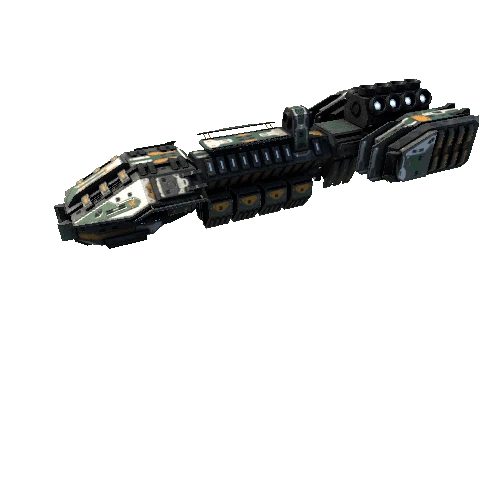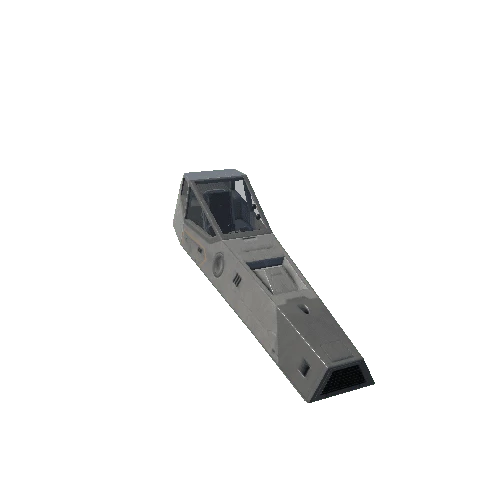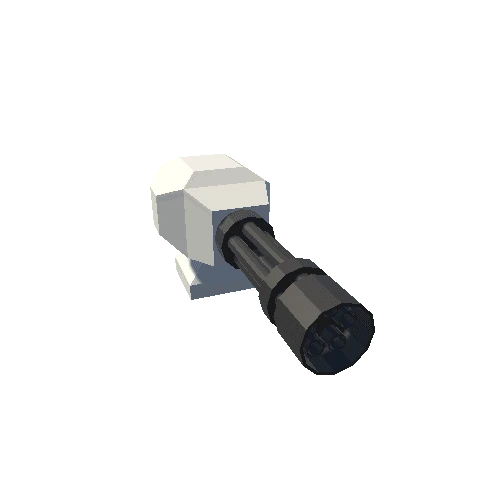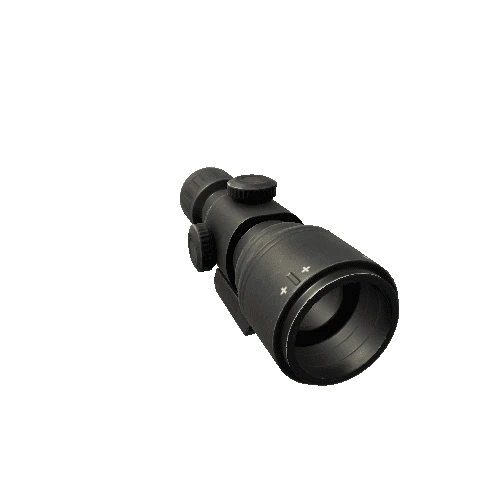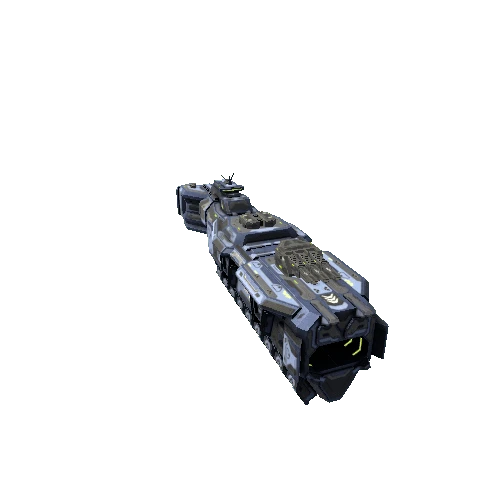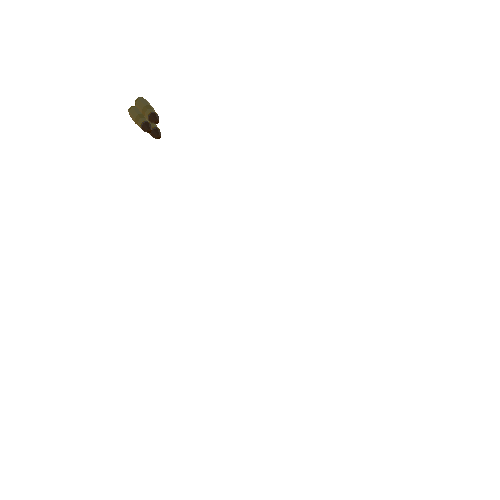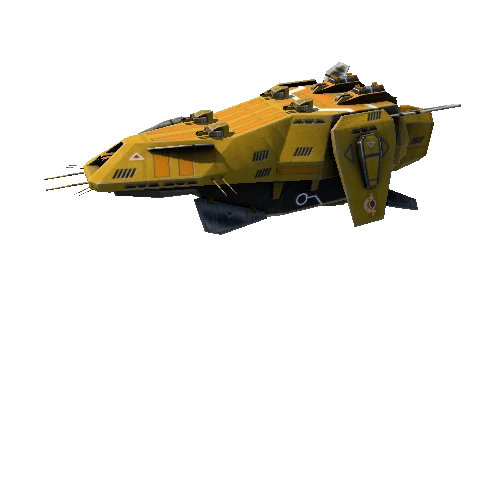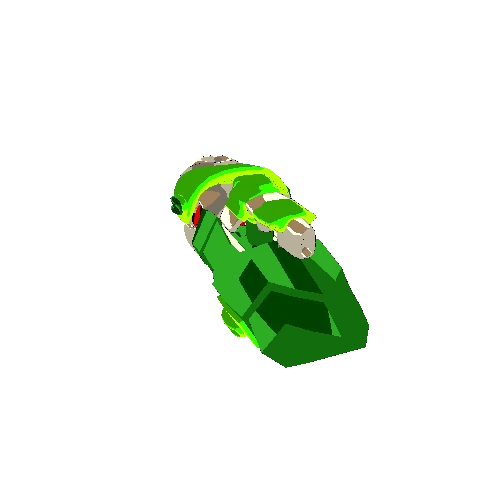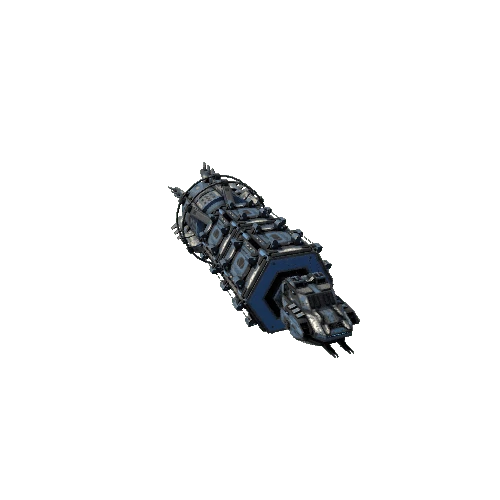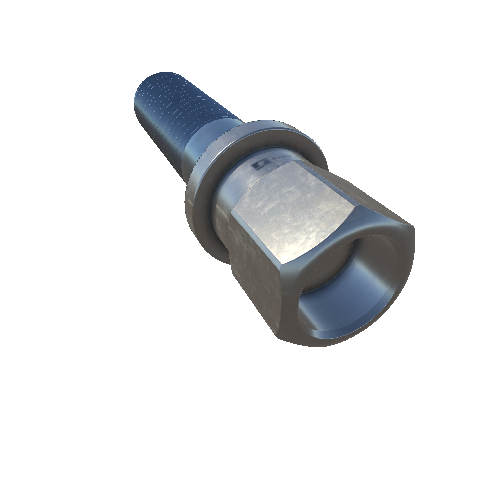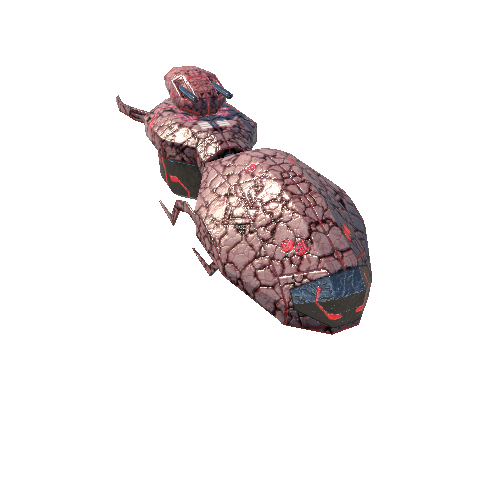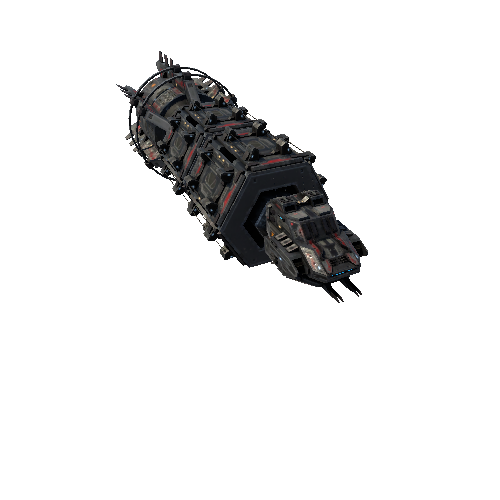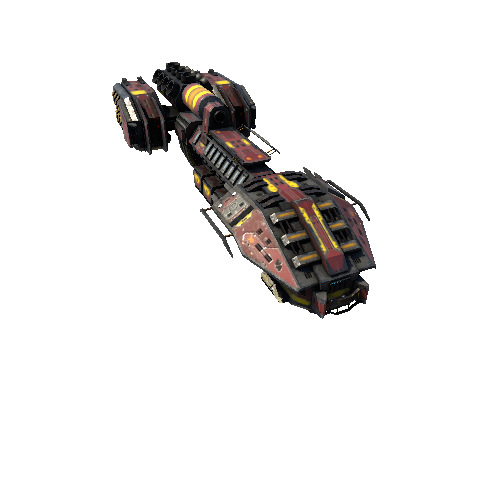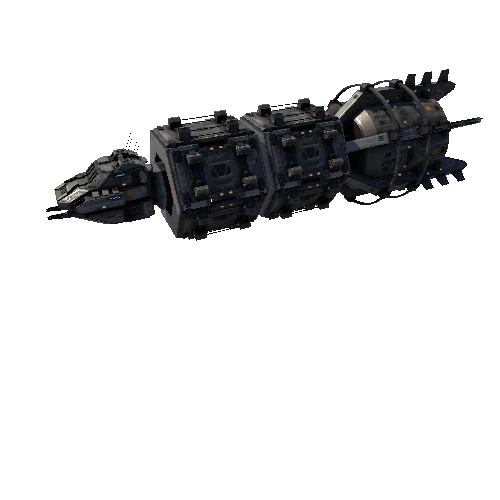Select or drop a image or 3D model here to search.
We support JPG, JPEG, PNG, GIF, WEBP, GLB, OBJ, STL, FBX. More formats will be added in the future.
Asset Overview
Ducks are fascinating in their ability to move their jaws incredibly rapidly thanks to an adaptation called cranial kinesis. Different bones in their skulls are able to move independent of the jaw joint thanks to a variety of different joints connecting the face, palate, and braincase. These joints are quite diverse and include synovial joints, ligamentous joints and flexible chondroid bone.
Here we show the histology of several of the important joints used in cranial kinesis of the duck mapped on a 3D model derived from microCT data of OUVC 10252 (Ohio University Vertebrate Collections) thanks to Lawrence Witmer. Annotations will link you to labeled histology images housed on Holliday Lab Open Science Framework site: https://osf.io/e3v7u/
These findings were also reported in our paper: Bailleul, A. M., Witmer, L. M. and Holliday, C. M. (2017), Cranial joint histology in the mallard duck (Anas platyrhynchos): new insights on avian cranial kinesis. J. Anat., 230: 444–460. doi:10.1111/joa.12562.


